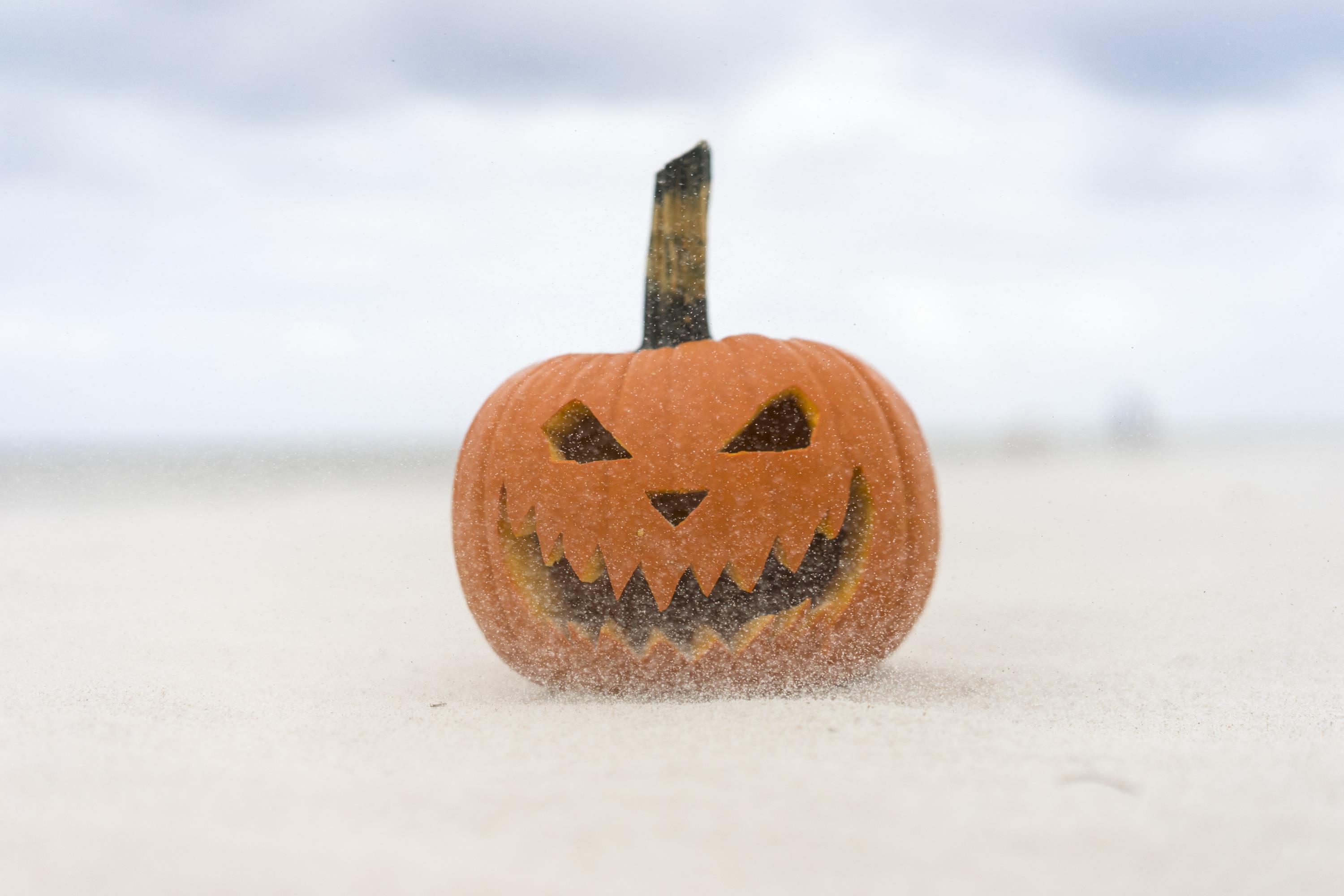
Every October, candy beckons us all. But exactly how did the "spooky holiday" become the candy month?
According to the California M ilk Processors Board, "an average Jack-O-Lantern bucket carries about 250 pieces of candy amounting about 9,000 calories and about three pounds of sugar."
Just 100 years ago, Halloween looked quite different from the candy debauch of today.
The biggest difference was trick-or-treating. This seemingly timeless custom is actually a quite recent American invention. The ritual of costumes, doorbell-ringing, and expectation of booty appeared for the first time in different locations throughout the country in the late 1930s and early 1940s. It wasn't until the late 1940s that trick-or-treating became widespread on a national scale.
And even then, candy wasn't the obvious treat.
Kids ringing a stranger's doorbell in 1948 or 1952 received all sorts of tribute: Coins, nuts, fruit, cookies, cakes, and toys were as likely as candy.
In the 1950s, Kool-Aid and Kellogg's promoted their decisively non-candy products as trick-or-treat options, while Brach's once ran ads for chocolate-covered peanuts during the last week of October that didn't mention Halloween at all.
It took a while for candy to become the very essence of Halloween. Going back even farther to the early decades of the century, before trick-or-treating spread across the land, candy didn't have any special role to play in Halloween observance.
For youth, and especially boys, Halloween was the one night of the year when communities generally tolerated pranking, which might range from the clever or playful to the dangerous or destructive. Mailboxes, fences, streetcars, and gravestones were popular targets. The point was to cause mischief, not to gather treats. Halloween also wasn't a gift-giving holiday, which in the case of Christmas and other early candy holidays provided the candy "hook."
It was during the 1950s that candy made decisive inroads in dominating Halloween. The rise of trick-or-treating made the holiday the perfect occasion for marketing a product associated with children and fun. But the push from candy sellers was met with equally enthusiastic demand. Candy was easy to buy and easy to distribute, making it a convenient choice for Halloween hosts. And as the numbers of trick-or-treaters swelled, candy was also economical. Small, inexpensive candies became popular, and major candy manufacturers began making smaller candy bars or bags of candy corn.
Through the 1960s, it was still conceivable that some other treat might be offered. It wasn't until the 1970s that candy came to be seen as the only legitimate treat. And while the candy industry reaped the benefits, the immediate impetus was not brilliant marketing so much as rising fears that unwrapped or homemade Halloween treats posed risks of tampering and poisoning. Commercial wrapped candy was the only safe choice.